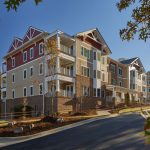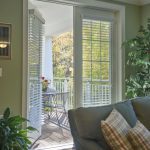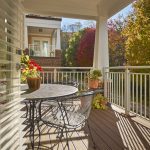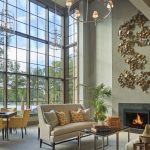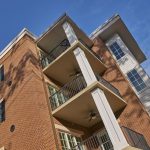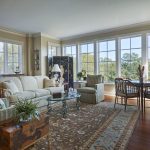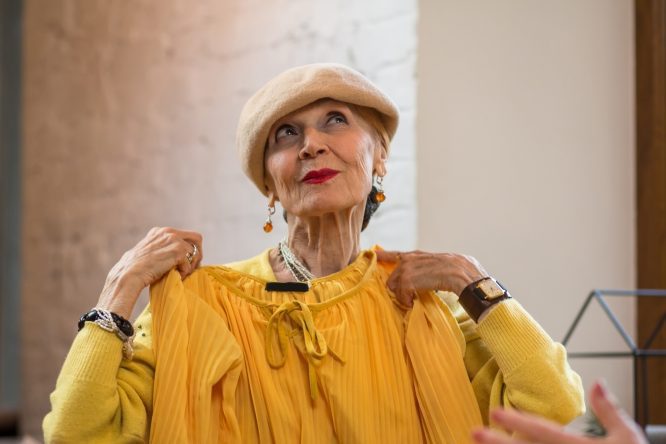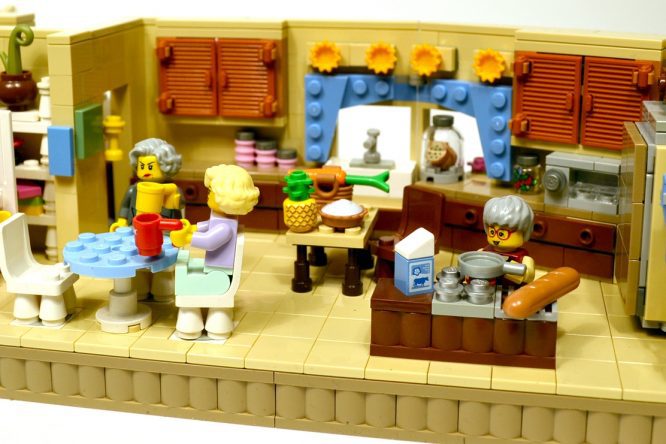At Varsity, we often get asked, “What’s the next big thing in senior living?” One trend that we keep hearing about is the “hybrid home.” After seeing the growth of this model over the last year or so, we believe that it’s going to become a part of the product mix for many communities over the next decade. Now’s the time to learn about this innovation in home design and find a way to work it into your next community expansion or remodeling!
Hybrid homes are generally three- to five-story structures. On the ground floor is a covered parking area for the vehicles of the residents and a larger community room for the whole building. The remaining upper floors provide residences. Each floor contains four or more units, with a central shared common area. The units are spacious and designed so that each has a corner, with plenty of windows and sunlight. The shared central area becomes a community gathering spot, where neighbors can socialize, hold parties, watch the big game and more. The design does not include any corridors, making it feel much less like a traditional apartment community. In this way, hybrid homes provide the best of both apartment and cottage living, making them an attractive addition to many campuses.
The hybrid home concept has been championed by RLPS Architects of Lancaster, Pennsylvania, which is continuing to have success with these units. Currently, the company has at least seven projects that are utilizing the hybrid home concept, with more on the horizon. Just this month, the residents will be moving into their new hybrid homes at The Langford at College Station in Texas. As this unit type becomes more ubiquitous in our space, we fully expect the demand for them to rise. Those communities that adopt these models early will be well-placed for future success.
This also leads us to wonder why hybrid homes have proven so popular so quickly. In our minds, it reinforces one of the major selling points of retirement living: community. Senior living sales professionals know that lifestyle and community are the most important factors in making a sale. While potential residents may fuss about amenities, floor plans and price, we know that if a person is sold on the spirit of the community, he or she will adjust his or her desires. Hybrid homes offer a new way to establish an “esprit de corps” for senior living providers, making it a very attractive and easy-to-sell option.
We took this question to Jodi Kreider, one of the partners at RLPS. Her thoughts definitely mirrored our own:
While the key ingredients of a hybrid home, like outdoor connections and small-scale community, are consistent, the final design solution is unique to each project based on community vernacular, site densities and consumer expectations in a particular market.
Many of our clients have turned to hybrid homes, not only to provide a new housing option on their campus, but also because they work well for incremental growth. These buildings are smaller than a traditional apartment, so there’s less marketing time and more financing options, allowing them to be phased in as they sell.
We definitely encourage you and your organization to review the hybrid home concept and see if there is a way to make it work for your organization. Capital construction projects come few and far between for most communities. Plan now to include hybrid homes in your future projects so that you aren’t left behind when your competitors do.
Photos courtesy of RLPS.
Sources:
